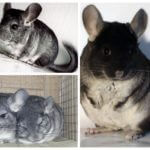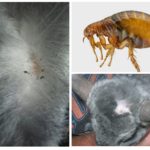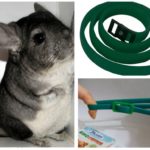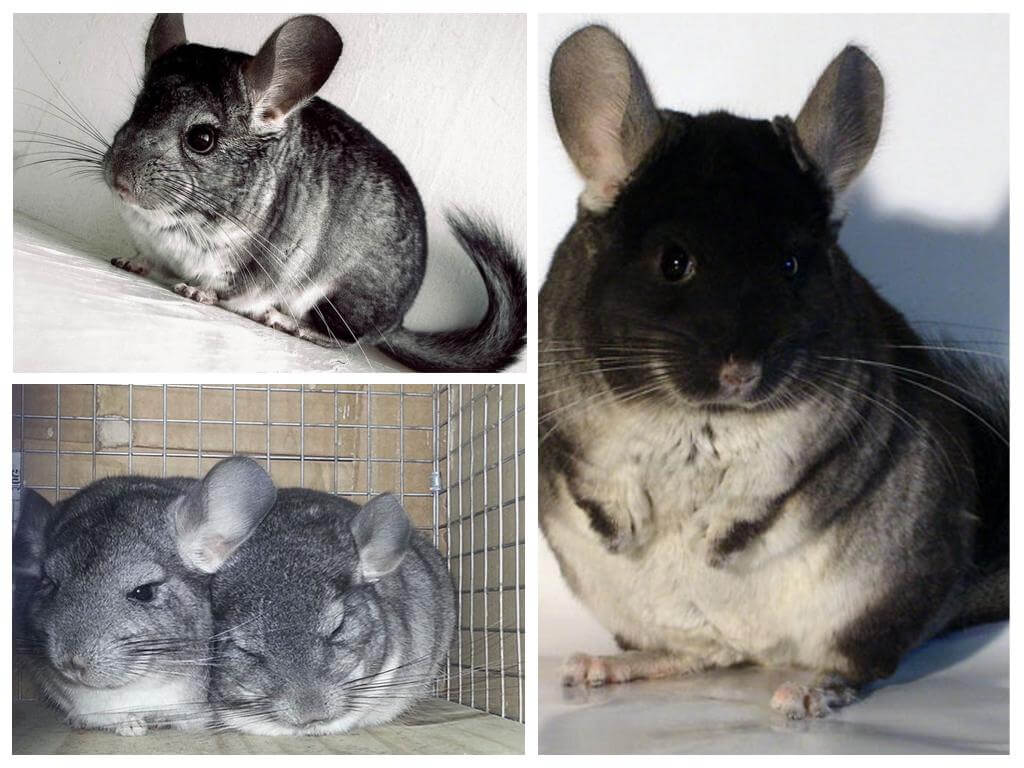What to do if a chinchilla has a flea
- Chinchilla
- Chinchilla fleas
- Flea collar for chinchillas
Today, many fans of furry pets plant a chinchilla in their house - a cute and quite mobile animal. This attractive animal has not only amazing beauty, but also a cheerful, friendly character. In addition, the chinchilla is very unpretentious in the content. According to many people, its unusually thick fur is not only an ornament of the animal, but also an obstacle to the appearance of blood-sicking insects. Whether chinchillas have a flea in reality will tell this article.
Ways of infection
All warm-blooded animals on earth are subject to attacks from parasites such as fleas. Chinchillas are no exception. Even if the animal spends all the time in the apartment, this does not mean that it is protected from a pest. Chinchilla fleas can to appear the following reasons:
- It is enough to have other pets in the house. One of the most common ways to infect a fluffy creature is to have a home. dogs or catswho regularly leave the house.
- A person on outer clothing or shoes can also bring fleas into a house.
- No wonder they call fleas jumping record holders, because in the search for their victim they are able to overcome very long distances in a very short time.
- The most favorite habitats of fleas are cellars and attics, from which insects through the ventilation shaft can enter the house.
- Do not exclude also the option in which chinchilla’s fleas appear even while being in a pet store. Therefore, when buying a small animal should pay attention to this nuance.
- Another source of infection for a fluffy rodent is hay, which is most often sold in pet stores or poultry markets.Placing in a cage a favorite delicacy of an animal, it is necessary to examine it carefully.
Symptoms of infection
The parasite bite is a serious danger to the health and even life of the chinchilla, as the pest is a carrier of various infections. And with the excessive accumulation of parasites in the animal's hair, large blood losses are possible, leading to anemia. To understand that pet insects are worried about pet, it is possible by the following features:
- restless behavior;
- the animal is very often scratched;
- the injured area of the skin turns into a kind of wart;
- the presence in the fur of the animal flea excrement, resembling black grains;
- a particularly serious case indicates loss of hair.
How to treat a chinchilla for fleas
Treatment for fleas of an animal consists in processing the animal itself, its litter and cage. As a disinfectant, you can use a solution prepared from vinegar and tar soap. Processing must also be subjected to the entire room. In the absence of such complex measures to achieve a positive result will not succeed - after a while fleas attack the chinchilla again.
Sometimes for the treatment of chinchillas practice the use of anti-parasitic drugs intended for larger four-legged friends - dogs or cats. However, it should be borne in mind that the dimensions of a furry animal are many times smaller, and hence the dose of the chemical should be different. Therefore, the use of protivoproshnye drops, spray or powder in this case is not recommended. The best option is a collar. for dogs or cats. It will not harm the pet, as it has a lower degree of toxicity.
Now you know that chinchillas have fleas. And if they are actually found, then ideally it is preferable to seek help from a veterinarian.
Reviews
Chinchillas may have fleas. I personally verified this when I brought my pet to the vet. He advised to purchase an flea collar. Now my favorite is cheerful, playful and does not itch at all.
Ekaterina, Moscow
In the summer often had to be in the country, they took with us our chinchilla. Although there were no other animals nearby, she somehow managed to catch the parasites. After which she began to scratch very much. Bloch saw a wife in a cage when she was cleaning her.They took the animal to the veterinarian, there she had something dropped on the neck, and that was all - there were no more problems.
Alexey, Volgodonsk
I never knew that chinchillas have fleas. The acquaintance convinced that insects cannot start in such dense fur.
Oksana, Omsk











